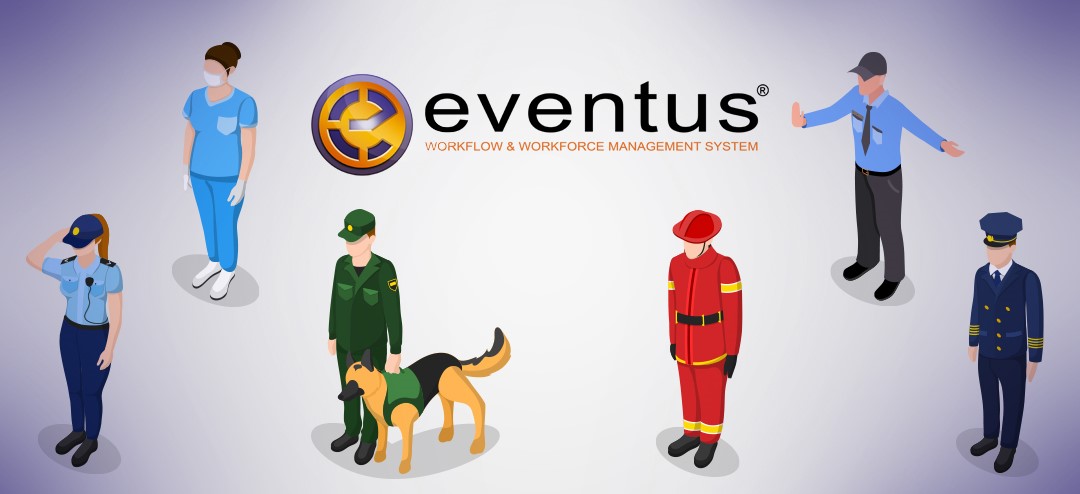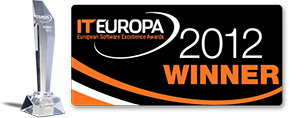The rostering module, a new member of the Eventus product suite
With the new module of the Fornax Eventus product suite, rostering is easily automated. HungaroControl (the Hungarian Air Traffic Service) picked the new Rostering Module of Eventus for the support of headcount planning necessary for the safe control of air traffic.

The Eventus rostering module
Duty rostering is a special work force management task used by companies and employers where employees typically perform uninterrupted activities, also known as duties. These include, for example, law enforcement, ambulance services, firefighters, security guards, manufacturing and production companies, road, air and water traffic controllers. They can also include, in a broader sense, any other job requiring continuous work. In the case of work organised by means of duty rostering, the employees’ workload, working hours and the management of these are also out of the ordinary due to trade union regulations and special legal obligations governing the activity.
The new Rostering Module of Eventus is a part of the Eventus product suite, and it provides the core functionality of the Workflow Management Module, as well as additional workforce management functionality to fully manage, automate and perform duty rostering, while mapping and flexibly tracking all of its unique, particular rules. Consequently, the two modules can be installed and used independently of one another.
The Eventus Rostering Module and its Structure
During the development of the Eventus Rostering Module, it was important that the system should provide a solution for all the broad and diverse practical manifestations of the definition of duty rostering. The flexibility of the basic functions of the Eventus product and the wide range of flexible parameters of the framework processes ensure that in addition to supporting simple single or multi-shift activities, it is also capable of handling the special rules and requirements of uninterrupted work and extreme workload.
The Eventus Rostering Module consists of three main logical components:
- Headcount planning
Long-term planning, during which we define the organisational units, work groups and work locations on which the duty rostering is performed. Headcounts, headcount requirements are then linked to the duty positions thus created, taking into consideration the special characteristics of the line of business, the necessary competencies and the requirements shifting in time. - Shift Planning
Mid-term planning, the synchronization of duty locations and employees. An overview of working days and non-working days, the handling of absences and special working schedules, the continuous monitoring of the annual workhour quota and the hours to be worked in a given period. Checking against regulations relating to rostering (Labor Code, organizational and trade union regulations). Overview of stocks. - Duty location planning
Short-term planning within the day, within the shift. Work force management to fill in various positions and to cover various tasks. Following the rules regarding utilisation and breaktime.
An Instance of Application – Implementation at HungaroControl
In 2018, HungaroControl launched a call for tender for the development of an application to support the duty rostering of air traffic control personnel in the airspace of Hungary and Kosovo. The primary requirement of the project was to support the provisioning of the headcount necessary for the safe control of air traffic, while complying with internal regulations and other legislation.
Key requirements:
- The handling of the work schedule of 400-450 air traffic controllers
- The full range support of the work of a roster management group of 4 people
- The support of daily duty rostering for 210 duty locations within 15 workgroups
- The support of extreme workload and ad hoc duty
- The support of administrative processes related to rostering, of roster announcement, of executive/peer approvals, of preparing documents
- The support of staff requests related to rostering (e.g.: vacation, absence, out- of-town assignments, duty swaps)
- The managing of professional licenses, aeromedical licenses (controller license)
- The ensuring of statistics and reports related to shifts and rosters
- The interconnection with the HR system (Nexon)
- The implementation should run on Microsoft infrastructure and environment (Microsoft Hyper-V, MS SQL database, MS Windows2012 R2 Server, IIS WebServer)
- Android and iOS mobile business application support (with MobileIron integration)
Customer: HungaroControl
Technology:
Client: web-based thin-client solution written in the Angular framework (Chromium-based browsers and Firefox Mozzilla Support); moreover, iOS and Android mobile clients
Application Server: application server written in TypeScript and running in Node.js
Database server: in case of HungaroControl, MS SQL, a platform independent product
Duration: 12 months for the full deployment from contract signing to launch.




